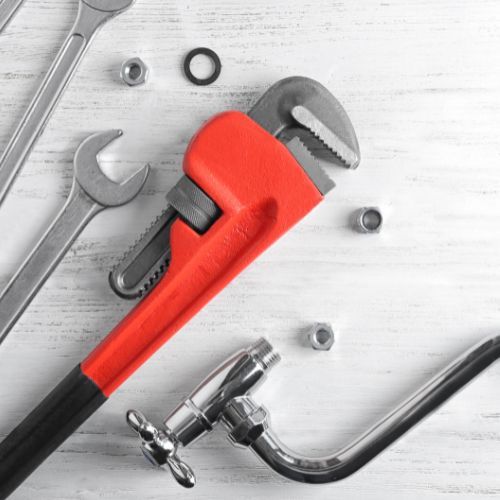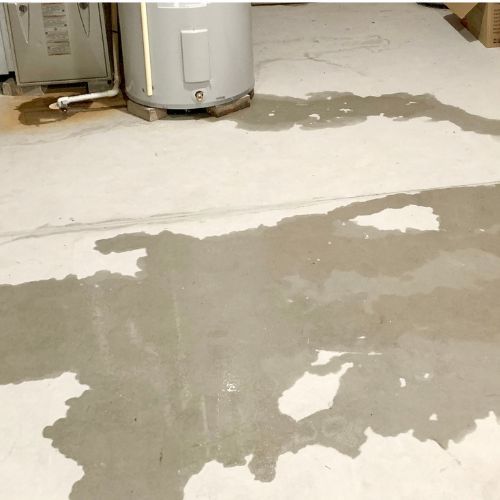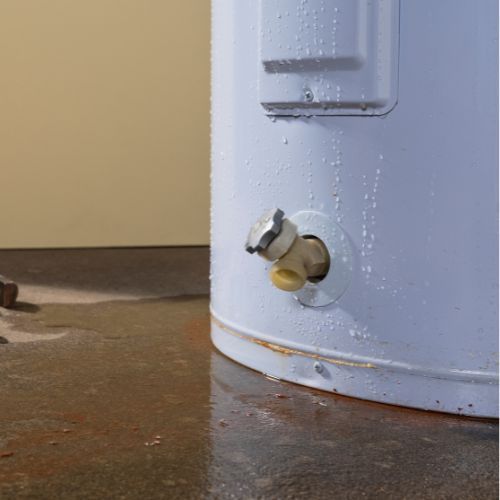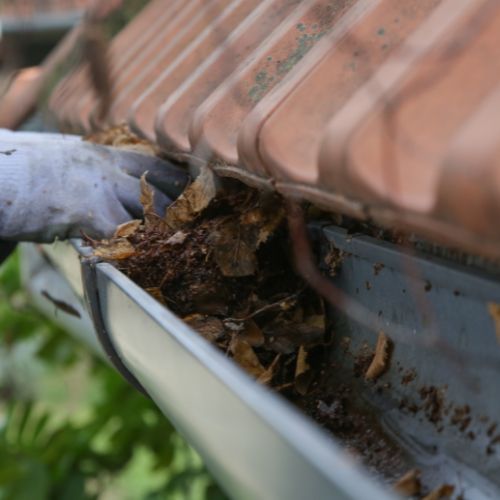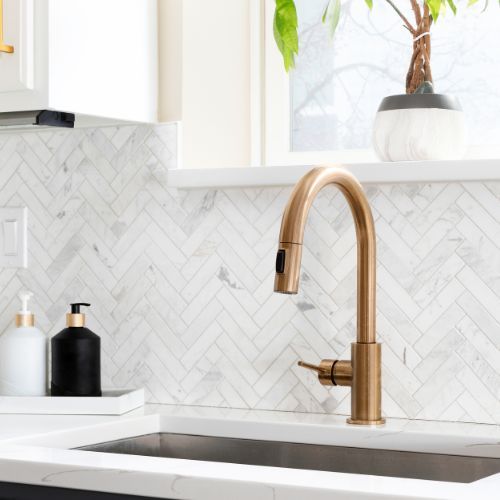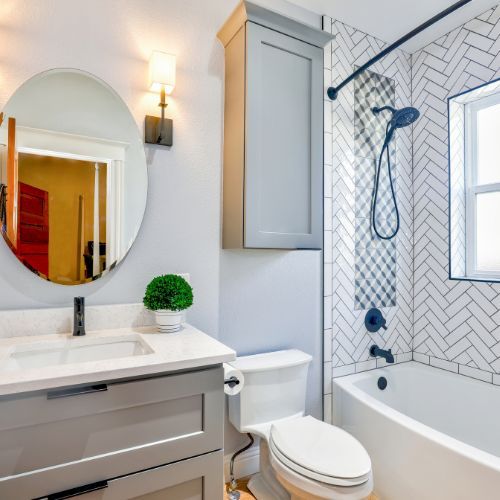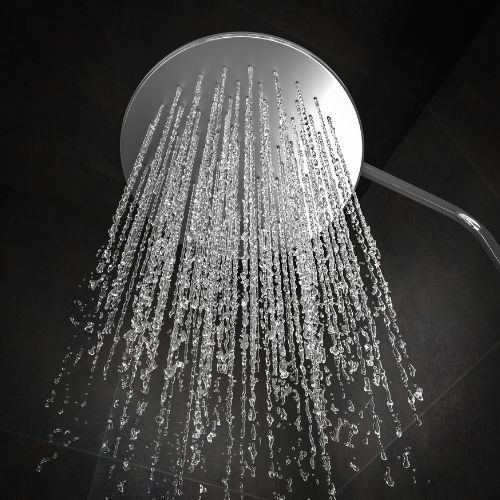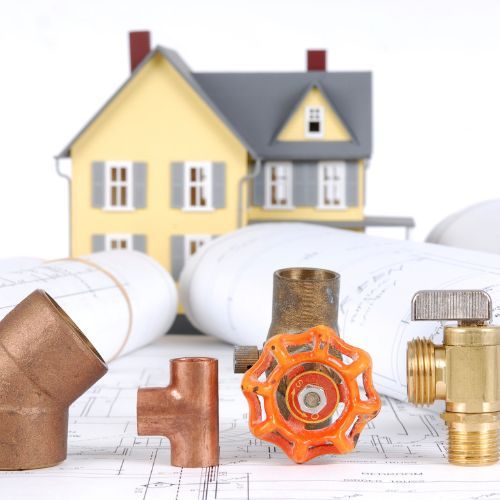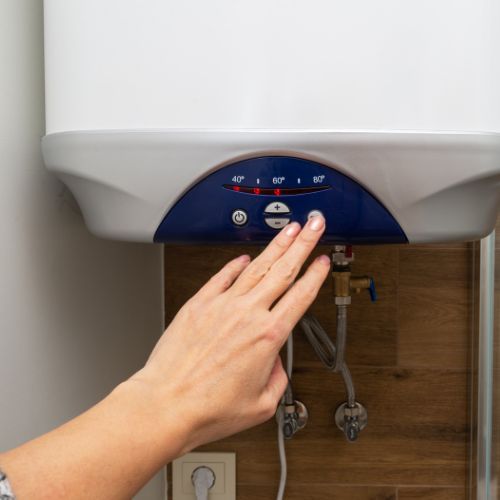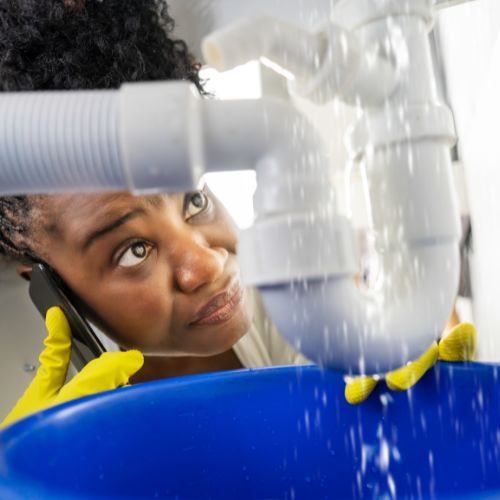Do you need to Winterize Your Plumbing?
TL;DR: Winterizing your plumbing in California is crucial to prevent freezing and costly damage. Elevated Comfort advises insulating exposed pipes, disconnecting outdoor hoses, shutting off outdoor faucets, sealing gaps, maintaining indoor temperatures, and considering professional assistance for comprehensive protection. Benefits include peace of mind, cost savings from avoiding repairs, enhanced home comfort, and improved energy efficiency. Prepare your home for winter with expert guidance from Elevated Comfort to safeguard your plumbing system and ensure a trouble-free season.
As the temperatures drop, it’s crucial to prepare your home for the colder months ahead. While California is known for its mild winters, certain areas can still experience significant temperature drops that can affect your plumbing system. Winterizing your plumbing can help prevent damage, save money on repairs, and ensure your home remains comfortable and functional throughout the season. Elevated Comfort, a trusted HVAC and plumbing service provider in California, is here to guide you through the process of winterizing your plumbing and explain why it’s essential for homeowners.
Understanding the Importance of Winterizing Plumbing
Winterizing your plumbing involves taking steps to protect your pipes and fixtures from freezing temperatures. Even in California, where winters are generally mild, sudden cold snaps can cause pipes to freeze and burst. This can lead to extensive water damage, costly repairs, and significant inconvenience. By winterizing your plumbing, you can:
- Prevent Pipe Bursts: Freezing water expands and can cause pipes to burst, leading to water damage and expensive repairs.
- Avoid Costly Repairs: Taking preventive measures can save you money by avoiding emergency repairs and replacements.
- Maintain Comfort and Functionality: Ensuring your plumbing system is protected means you won’t have to worry about losing access to water during cold weather.
Signs Your Plumbing Needs Winterizing
Not all homes require extensive winterization, but certain signs indicate that your plumbing could benefit from it:
- Exposed Pipes: Pipes located in unheated areas such as garages, basements, crawl spaces, and attics are more susceptible to freezing.
- Outdoor Faucets: Exterior faucets and hose bibs can freeze easily if not properly winterized.
- Previous Freezing Issues: If you’ve experienced frozen pipes in the past, it’s a good indicator that your plumbing needs winterizing.
- Cold Climate Areas: Homes located in parts of California that experience colder temperatures are at higher risk and should be winterized accordingly.
If you notice any of these signs, it’s time to take action to protect your plumbing system.
Steps to Winterize Your Plumbing
Winterizing your plumbing involves several steps to ensure all vulnerable areas are protected. Here’s a comprehensive guide to help you get started:
- Insulate Pipes: Use pipe insulation or heat tape to cover exposed pipes in unheated areas. This helps prevent freezing and keeps water flowing smoothly.
- Disconnect and Drain Outdoor Hoses: Remove garden hoses from outdoor faucets and store them indoors. Drain any remaining water from the faucets to prevent freezing.
- Shut Off and Drain Outdoor Faucets: Locate the shut-off valve for outdoor faucets and turn it off. Open the outdoor faucet to allow any remaining water to drain out.
- Seal Gaps and Cracks: Inspect your home for gaps or cracks around pipes that enter the house. Seal these openings with caulk or insulation to keep cold air out.
- Maintain Indoor Temperature: Keep your home’s thermostat set to at least 55°F, even when you’re away. This helps ensure that indoor pipes remain warm enough to prevent freezing.
- Open Cabinet Doors: Open cabinet doors under sinks in the kitchen and bathrooms to allow warm air to circulate around the pipes.
- Use a Space Heater: In extremely cold areas, consider using a space heater to keep unheated spaces warm and prevent pipes from freezing.
Elevated Comfort can assist you with professional winterization services, ensuring your plumbing system is fully protected.
Benefits of Winterizing Your Plumbing
Winterizing your plumbing offers several benefits that make it a worthwhile investment:
- Peace of Mind: Knowing your plumbing is protected from freezing temperatures provides peace of mind during the winter months.
- Cost Savings: Preventing pipe bursts and water damage can save you significant money on repairs and replacements.
- Enhanced Home Comfort: A well-maintained plumbing system ensures your home remains comfortable and functional, even during cold weather.
- Energy Efficiency: Proper insulation and sealing can improve your home’s overall energy efficiency, reducing heating costs.
By taking the time to winterize your plumbing, you can enjoy these benefits and avoid the stress of dealing with plumbing emergencies.
Final Thoughts
Winterizing your plumbing is an essential step in preparing your California home for the colder months. By understanding the importance, recognizing the signs, and following the steps to winterize your plumbing, you can prevent costly damage and ensure your home remains comfortable and functional. Elevated Comfort is here to help with expert winterization services tailored to your needs. Contact Elevated Comfort today to schedule an appointment and protect your plumbing system this winter.
